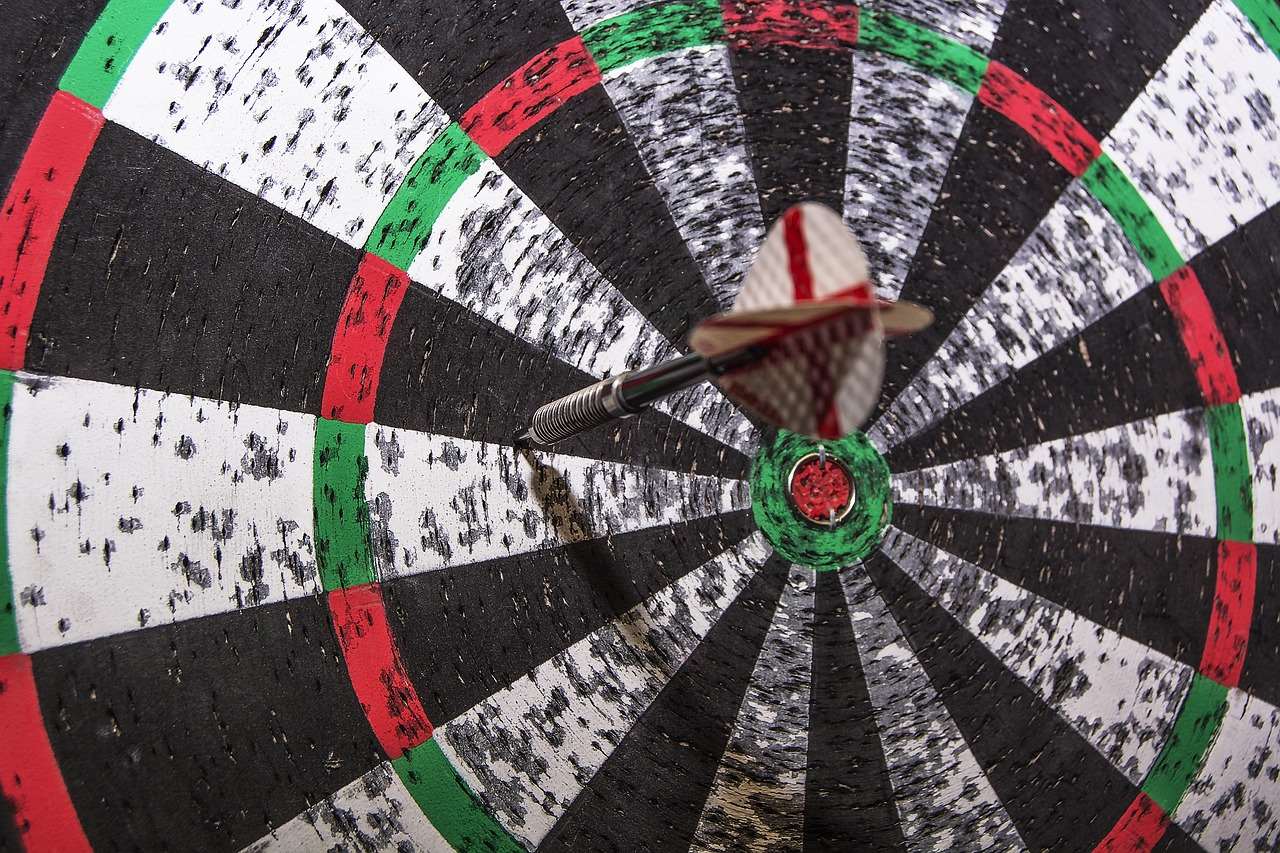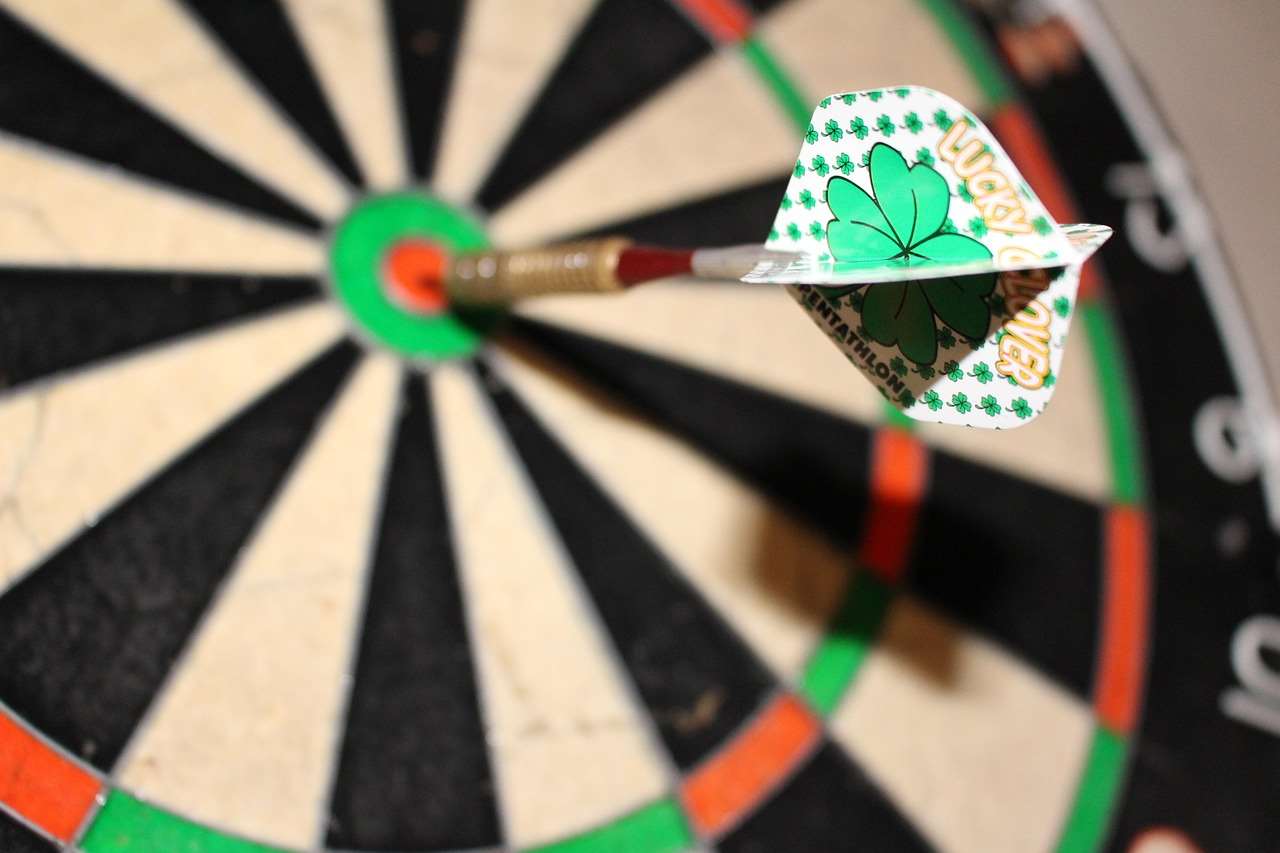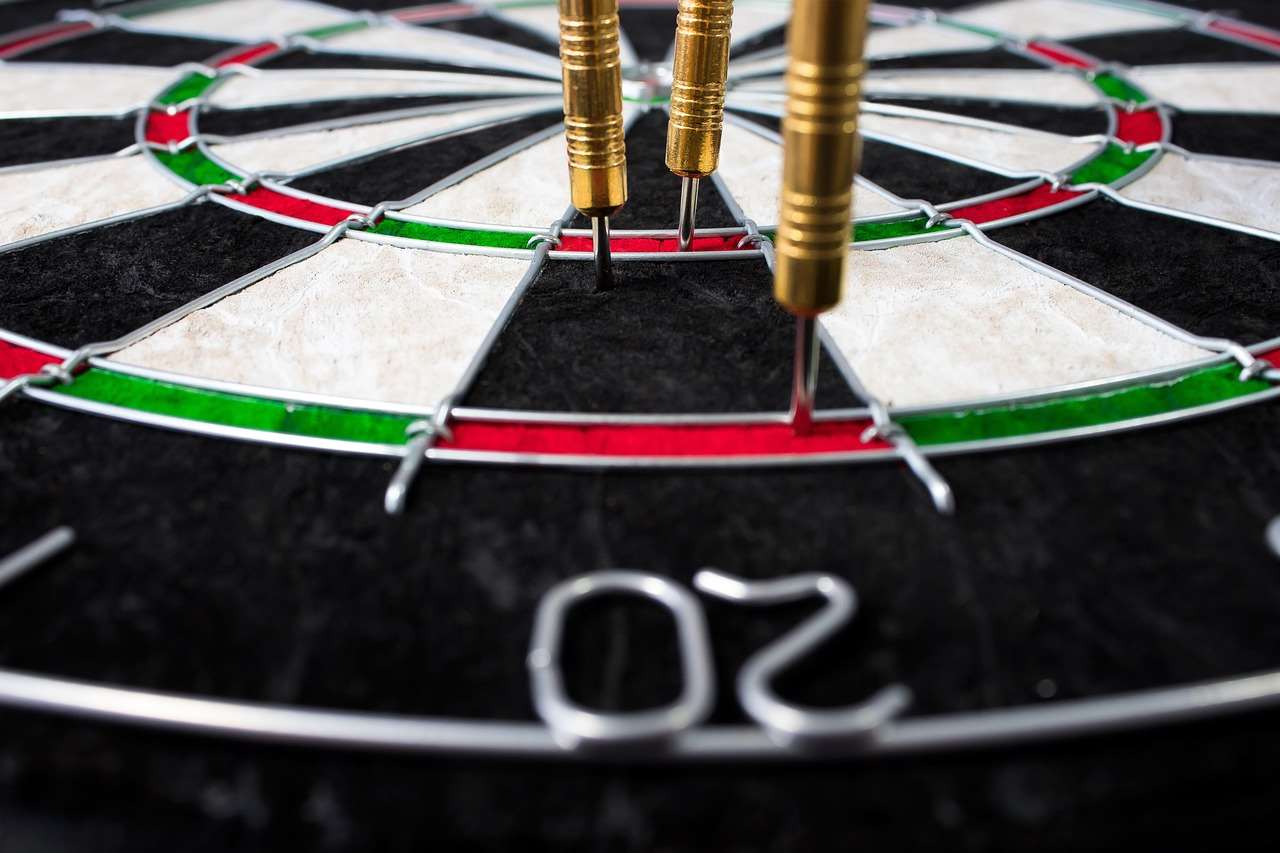Knowing and adhering to **etiquette at the oche: throwing line conduct** is crucial for a fair and enjoyable darts experience for everyone involved; it promotes respect, sportsmanship, and a smooth flow of play. This article will detail proper oche etiquette, covering everything from player conduct to spectator behavior, ensuring you’re well-versed in the unwritten rules of the game.
⚠️ Still Using Pen & Paper (or a Chalkboard)?! ⚠️
Step into the future! The Dart Counter App handles all the scoring, suggests checkouts, and tracks your stats automatically. It's easier than you think!
Try the Smart Dart Counter App FREE!Ready for an upgrade? Click above!
Understanding Etiquette at the Oche: Throwing Line Conduct
**Etiquette at the oche: throwing line conduct** goes beyond simply taking your turn and throwing your darts. It encompasses a range of behaviors designed to create a positive and respectful environment for all players. Failing to observe proper etiquette can be disruptive, disrespectful, and even impact your opponent’s performance. Mastering **darts etiquette** enhances the overall playing experience, whether you’re competing in a professional tournament or enjoying a casual game with friends.

Essentially, it’s about showing consideration for your fellow players and maintaining a level of professionalism. Think of it as the unwritten rules that make the game more enjoyable for everyone.
Essential Elements of Oche Etiquette
- Respect for Opponents: Treat your opponents with respect, regardless of skill level. Avoid gloating or belittling their performance.
- Maintaining Silence: Refrain from talking or making noise while an opponent is throwing. This includes whispering to your teammate or moving around excessively.
- Staying Behind the Throwing Line: Always remain behind the oche (throwing line) when it is not your turn to throw. This prevents accidental interference and ensures fair play.
- Acknowledging Good Throws: A simple nod or “good shot” can go a long way in showing sportsmanship and acknowledging a well-executed throw.
- Avoiding Distractions: Do not engage in behaviors that could distract your opponent, such as excessive movement, loud noises, or shining lights in their eyes.
Specific Rules and Unwritten Laws
While some aspects of darts etiquette are common sense, others are more specific to the game itself. Here are some key considerations:
The Stance and The Throw
The way you approach the oche and execute your throw is also part of the etiquette. Here’s how to maintain good **darts throwing** conduct.
- Foot Placement: Ensure your foot doesn’t cross the oche. Accidentally stepping over the line is generally forgiven, but intentional violations are frowned upon.
- Throwing Motion: Maintain a smooth and controlled throwing motion. Avoid jerky movements or excessive celebration after each throw that could intimidate or upset your opponent.
- Dart Retrieval: Be mindful when retrieving your darts. Avoid obstructing your opponent’s view or bumping into them. A quick and efficient retrieval is appreciated.

Conduct When Not Throwing
What you do when you are not actively throwing is just as crucial. Here’s how to be a good **darts player** even when you’re waiting your turn:
- Standing Position: Stand behind the player throwing, out of their line of sight. Typically, stand slightly to one side.
- Avoid Commentary: Refrain from offering unsolicited advice or commentary on your opponent’s technique.
- Chalking Responsibilities: If you are the designated chalker (scorer), pay close attention to the game and accurately record the scores.
Dealing with Disputes
Disputes can arise in any game. Handling them gracefully is a hallmark of good **darts sportsmanship**. Here’s how to navigate disagreements:
- Remain Calm: If a dispute arises, remain calm and avoid escalating the situation.
- Consult the Rules: Refer to the official rules of the game to clarify any ambiguities.
- Respect the Umpire/Referee: If an umpire or referee is present, respect their decision and avoid arguing.
- Agree to Disagree: Sometimes, a compromise is necessary. Be willing to find a mutually acceptable solution.
Spectator Etiquette: Supporting the Game Positively
Spectators play a vital role in creating the atmosphere of a darts match. Here are some guidelines for **spectator etiquette**:

- Silence During Throws: This is paramount. No talking, shouting, or unnecessary movement while a player is throwing.
- Respect for Players: Avoid heckling or making disrespectful comments towards any player.
- Appropriate Attire: Dress appropriately for the venue. Avoid clothing that is overly distracting or offensive.
- Controlled Alcohol Consumption: If alcohol is served, consume it responsibly and avoid becoming disruptive.
- Supportive Atmosphere: Cheer on your favorite players, but do so in a respectful and sportsmanlike manner. Remember, you can learn **Basic Darts Fundamentals for Beginners** here!
Impact of Poor Etiquette
Ignoring proper etiquette can have several negative consequences:
- Distracting Opponents: Poor etiquette can break an opponent’s concentration and affect their performance.
- Creating Tension: Disrespectful behavior can create a tense and unpleasant atmosphere.
- Damaging Reputation: Repeatedly violating etiquette can damage your reputation as a player.
- Penalties: In competitive settings, poor conduct can result in penalties or even disqualification.
Tips for Improving Your Oche Etiquette
Here are some actionable tips to help you improve your etiquette at the oche:
- Self-Awareness: Be mindful of your behavior and how it might be perceived by others.
- Observe Experienced Players: Watch experienced players and learn from their behavior.
- Practice Empathy: Put yourself in your opponent’s shoes and consider how your actions might affect them.
- Seek Feedback: Ask friends or fellow players for honest feedback on your etiquette.
- Read the Room: Every darts venue has a slightly different atmosphere. Observe the norms and adjust your behavior accordingly. Remember, you can adapt the darts rules for beginners to suit the specific context.

Adapting Etiquette for Different Settings
Etiquette can vary depending on the setting. For instance, the expectations in a professional tournament will be higher than in a casual game at home. While the core principles remain the same, it’s essential to adapt to the specific environment. If you are **modifying rules for mixed-level dart players** that’s a good way to maintain fairness.
Casual Games vs. Competitive Matches
- Casual Games: While still important, etiquette in casual games tends to be more relaxed. Friendly banter and lighthearted ribbing are often acceptable, but always be mindful of your opponent’s comfort level.
- Competitive Matches: In competitive matches, etiquette is paramount. Maintain a professional demeanor, adhere strictly to the rules, and avoid any behavior that could be construed as disrespectful.
Online Darts Etiquette
The rise of online darts has brought a new dimension to the game. While you’re not physically present with your opponent, etiquette remains crucial. Here are some considerations for online darts etiquette:
- Timeliness: Be punctual for your matches. Avoid making your opponent wait.
- Communication: Communicate clearly and respectfully with your opponent. Use appropriate language and avoid offensive remarks.
- Fair Play: Avoid cheating or exploiting glitches in the online platform.
- Patience: Be patient with your opponent, especially if they are experiencing technical difficulties.

The Future of Darts Etiquette
As darts continues to grow in popularity, **etiquette at the oche: throwing line conduct** will become even more important. Promoting a positive and respectful environment is essential for attracting new players and ensuring the long-term health of the game. Embracing technology, such as online officiating and video replays, may further enhance fairness and accountability.
Ultimately, **good darts etiquette** is about more than just following rules; it’s about embodying the spirit of sportsmanship and contributing to a positive and enjoyable experience for everyone involved. By understanding and adhering to the principles outlined in this article, you can help ensure that darts remains a fair and respectful game for generations to come.
Conclusion
Mastering **etiquette at the oche: throwing line conduct** significantly enhances your experience and that of others. It’s about respect, sportsmanship, and creating a positive playing environment. Whether in casual games or competitive tournaments, adherence to these unwritten rules fosters fairness and enjoyment. Remember the key takeaways: respect your opponents, maintain silence during throws, and always adhere to the throwing line. By embracing these principles, you contribute to a thriving and respectful darts community. Now, take your newfound knowledge to the oche and demonstrate exemplary **darts etiquette**. Consider sharing this guide with fellow players to promote a culture of respect and sportsmanship within your local darts scene. Happy darting!
Hi, I’m Dieter, and I created Dartcounter (Dartcounterapp.com). My motivation wasn’t being a darts expert – quite the opposite! When I first started playing, I loved the game but found keeping accurate scores and tracking stats difficult and distracting.
I figured I couldn’t be the only one struggling with this. So, I decided to build a solution: an easy-to-use application that everyone, no matter their experience level, could use to manage scoring effortlessly.
My goal for Dartcounter was simple: let the app handle the numbers – the scoring, the averages, the stats, even checkout suggestions – so players could focus purely on their throw and enjoying the game. It began as a way to solve my own beginner’s problem, and I’m thrilled it has grown into a helpful tool for the wider darts community.